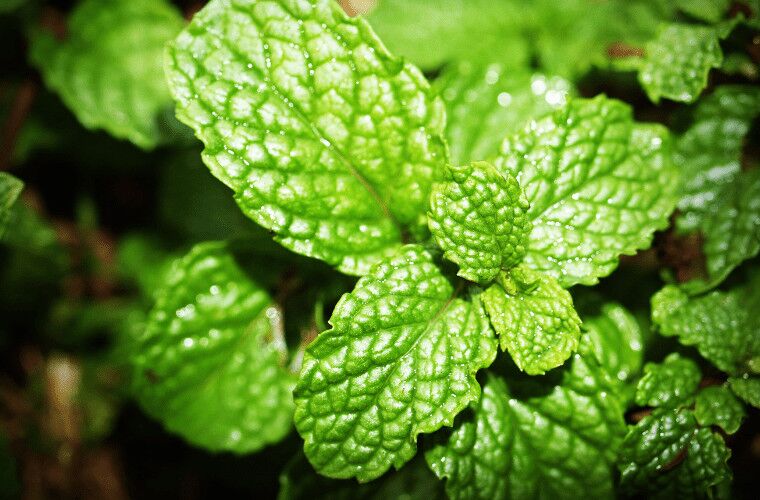Do you want to enjoy being outdoors but get annoyed with insect attackers? You can protect yourself with plants that repel flies, mosquitoes and pests in general. Their power comes from the scent they give off when you crush their leaves. Pests instinctively avoid the odor and move on to a less offensive target.
Nasturtium Easily Repels Flies

Nasturtium flowers taste like pepper, and they have ten times the vitamins of lettuce. Many gardeners raise nasturtiums among cucumbers and squash because they are a delightful garnish for meals and they also keep pests away from other plants in the garden.
Growing nasturtiums in containers or on trellises is easy. And they give off a scent that repels aphids, beetles, loopers, whiteflies, and squash bugs. Just make sure they have plenty of sun and water, and they will create a protective zone wherever they thrive.
Lantana camara

Lantana camara comes from Central and South America, but it flourishes in gardens around the world. It grows so fast that it’s considered a weed in Asian countries. And it’s also toxic to livestock. So why would you want Lantana in your yard?
For one, scientists proved that Lantana, or Wild Sage, protected against the malaria-carrying Anopheles mosquito in Kenya. Its leaves fight fungal infections and extracts from the plant cure respiratory illnesses.
Not to mention, Lantana doesn’t need much water and its colorful blooms attract butterflies, too. It’s one of the amazing plants for bees, as well. Lantana looks like fast growing bushes, it grows so quickly. Add it to the garden or a hanging planter.
Marigolds Keep Flies Away

Did you know that marigolds are perennial plants that repel mosquitoes? Marigolds can also predict the weather! If their blooms don’t open in the morning, it’s because it’s going to rain during the day.
Marigolds also have a unique scent that deters mosquitoes, aphids, squash bugs, and rabbits that might eat your vegetables.
Plus, extract from Calendula Officinalis of the marigold family treats eczema and skin infections. And if you dry the flowers, you can make a tea to soothe an upset stomach.
Chives

The onion scent of chives deters aphids from attacking neighbouring plants like chrysanthemums and tomatoes.
These plants are also an attractive addition to your garden with their purple flowers that are edible.
And bees love chives, so you’re supporting vital pollinators when you plant them.
When you’re planting chives, choose a place with well-drained soil in the sun or partial shade.
It’s also important that you keep the plants well-watered, especially during hot weather.
Garlic

Garlic is excellent at repelling aphids, cabbage moths, and bigger pests like rabbits.
Garlic cloves are normally sown in autumn and growing the plants is usually trouble-free.
Choose a part of your garden where the soil drains easily and there is a lot of sunlight.
Once the plants start to grow, cut off the flower stems as they form and make sure the area around the plants is well weeded.
Mint

We’re all familiar with the scent of mint.
It’s this distinctive aroma that repels aphids, cabbage moths, whitefly, and ants.
Mint grows aggressively so you may want to plant it in pots that can then be placed around your garden to protect other plants.
This is especially useful if you have a vegetable patch where you don’t want your produce to be destroyed by pests before you get a chance to eat it.
A couple of extra tips about growing mint…
Always keep the plants well-watered and don’t grow different varieties together.
Lemon Thyme

Lemon thyme of the thyme family is another citrus-flavored herb that repels insects. You won’t have to worry about why do gnats follow you throughout your yard. But, to achieve the insect-repellent effect, you’ll need to bruise lemon thyme leaves.
Pick a few sprigs, crush them, and let them sit nearby while you enjoy the sunset on the patio. Then take them into the kitchen to add to a marinade.
Thyme is a tolerant plant that grows well in rocky soil and is one of the ideal mosquito repellent plants for shade with a little sun. It only needs rainfall for water. It makes a pleasant garden border or season ground cover with its tiny green leaves.





